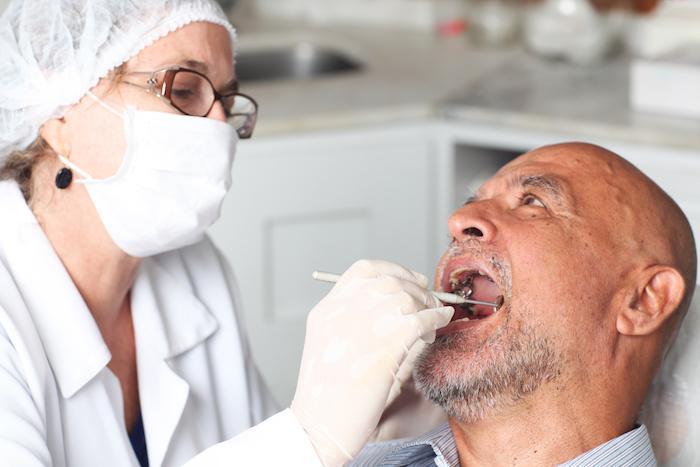
Tooth extraction is a common dental procedure that involves the removal of a tooth from its socket in the bone. While many patients may feel apprehensive about the idea of losing a tooth, extractions are often necessary to prevent further oral health issues. Whether due to severe decay, gum disease, overcrowding, or trauma, understanding the reasons for extraction and the process involved can help alleviate fears and ensure a smoother experience.
In this article, we will explore the various circumstances that may lead to tooth extraction, the different types of extractions, and what patients can expect before, during, and after the procedure. By equipping readers with essential knowledge and tips for recovery, we aim to empower them to make informed decisions about their dental health and overall well-being.
Reasons for Tooth Extraction
The decision to extract a tooth can stem from various dental health issues. Severe tooth decay, for instance, can compromise the integrity of a tooth beyond repair, necessitating removal to prevent infection from spreading to adjacent teeth or into the jawbone. Additionally, gum disease can lead to loosening of teeth, making extraction essential to maintain overall dental health. In cases of overcrowding, orthodontists may recommend extraction to make space for alignment, while trauma from accidents may also result in the loss of a tooth. By understanding these reasons, patients can better appreciate the necessity of the procedure and make informed decisions.

What to Expect During Recovery
After a tooth extraction, patients can anticipate a recovery period that varies in duration and intensity depending on individual circumstances and the complexity of the extraction. It’s crucial to follow post-operative care instructions to minimize discomfort and ensure proper healing. Pain management typically involves over-the-counter pain relievers, and patients should be mindful of diet, opting for soft foods in the initial days. For those considering convenience, many dental practices offer options such as Tooth Extraction in Same Day, allowing patients to address their dental emergencies swiftly. Maintaining good oral hygiene during recovery is essential, as it aids in healing and helps prevent complications.
In conclusion, while tooth extraction may seem daunting, it is a well-established procedure that plays a vital role in maintaining oral health. By understanding the various reasons behind why a tooth may need to be removed and what to expect during the recovery process, patients can approach their treatment with confidence. It’s important to communicate openly with dental professionals about any concerns and to follow post-operative care instructions diligently. With proper care, most individuals can expect a smooth recovery and an opportunity to pursue better long-term dental health, whether through restorative options like implants or bridges that can replace missing teeth and restore function. Empowered with knowledge, patients can navigate their dental journeys with assurance and support.


